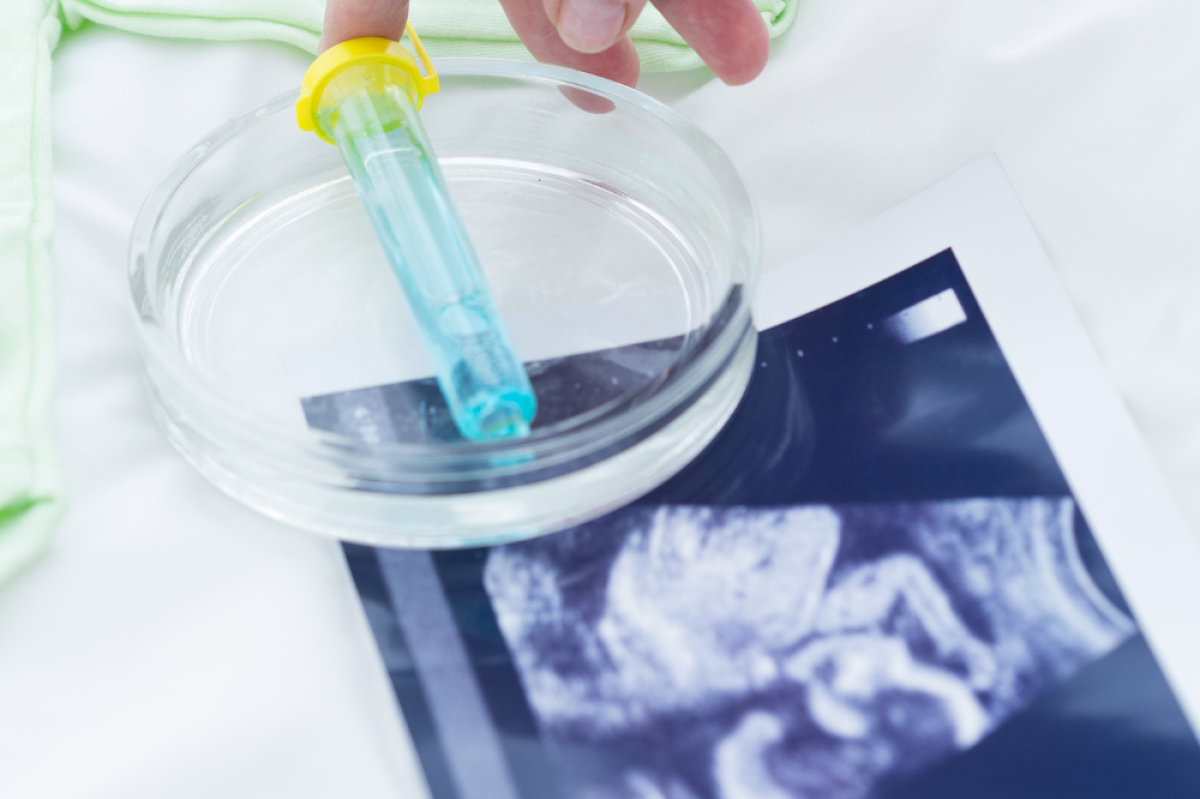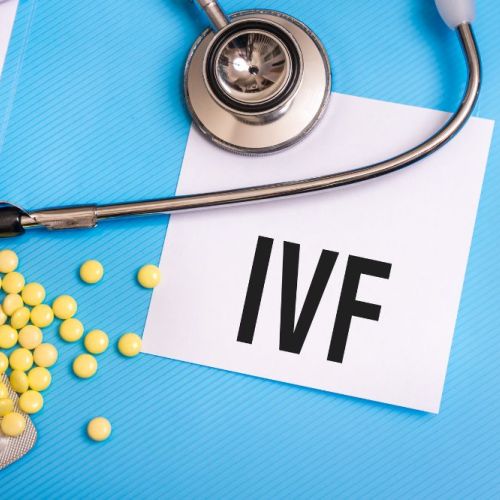Assisted Reproductive Technology Success Rates

Assisted reproductive technology (ART) refers to types of fertility treatment in which procedures are done to improve the chance of getting pregnant that may involve handling sperm, eggs or embryos. Women or couples who have fertility challenges and are frustrated with their inability to conceive a child after a year of trying are often interested in learning what types of fertility treatments are available as well as obtaining information on assisted reproductive technology success rates.
At the Center for Reproductive Health, fertility experts are available to answer your questions. When you schedule a consultation, you and your partner have thorough examinations to try to pinpoint the cause of infertility. Once the exam and testing are done, detailed information is provided on the best type of fertility treatment for you.
In Vitro Fertilization
The most common form of ART is in vitro fertilization (IVF). This involves extracting eggs, preparing sperm and fertilizing eggs in a laboratory setting before implanting them back into the uterus.
There are many factors that can affect the success rates of IVF. One of the biggest factors is age, and if the woman is using her own eggs, success rates decline with age. IVF success rates for women under 35 can be as high as 51%. Success rates decline rapidly with age and women over the age of 40 have a success rate of less than 13 percent.
Older women can improve their chance of success with IVF by using donated eggs for the procedure rather than using their own. If low sperm count or motility is a factor in not being able to conceive a child, donated sperm is an option that may help to improve the chance of success.
Success Rates With Other Types of ART
There are several other types of ART that may be used depending on your individual situation. Artificial insemination may be recommended if fertility challenges are related to male factor infertility, cervical mucous problems or unpredictable ovulation. Success rates of artificial insemination is approximately 25% for women in their early 30s, and success rates for this procedure also decline with age.
Frozen embryo transfer is a form of ART in which frozen embryos are thawed and implanted into the uterus. Embryos may be left over from previous IVF procedures or they may be donated. Women under the age of 35 have success rates as high as 60% when this procedure is done, while women over 40 have success rates of approximately 20%.
Considering ART
At the Center for Reproductive Health, we understand how stressful it is to wish to have a baby and face disappointment month after month. Many couples find that ART provides hope and that it makes having a baby an option for single adults or same sex couples.
If you’re considering fertility treatment, the best thing to do is set up a consultation with the experts at the Center for Reproductive Health. You’ll be provided with the best treatment options for you along with clear information that can help you make your decision. Schedule a consultation today.
Eliran Mor, MD
Reproductive Endocrinologist located in Encino, Santa Monica, Valencia & West Hollywood, CA
FAQ
Reproductive endocrinology and Infertility is a sub-specialty of Obstetrics and Gynecology. In addition to managing medical and surgical treatment of disorders of the female reproductive tract, reproductive endocrinologist and infertility (REI) specialists undergo additional years of training to provide fertility treatments using assisted reproductive technology (ART) such as in vitro fertilization.
Reproductive endocrinologists receive board certification by the American Board of Obstetrics and Gynecology in both Obstetrics and Gynecology and Reproductive Endocrinology and Infertility.
In general, patients should consider consulting with an REI specialist after one year of trying unsuccessfully to achieve pregnancy. The chance of conceiving every month is around 20%, therefore after a full year of trying approximately 15% of couples will still not have achieved a pregnancy.
However, if a woman is over the age of 35 it would be reasonable to see a fertility specialist earlier, typically after 6 months of trying.
Other candidates to seek earlier treatment are women who have irregular menses, endometriosis, fibroids, polycystic ovary syndrome (PCOS), women who have had 2 or more miscarriages, or problems with the fallopian tubes (prior ectopic pregnancy).
Approximately 1/3 of the time cause for infertility is a female factor, 1/3 of the time a male factor, and the remaining 1/3 a couples’ factor.
At CCRH, we emphasize the importance of establishing a correct diagnosis. Both partners undergo a comprehensive evaluation including a medical history and physical exam.
Furthremore, the woman’s ovarian reserve is assessed with a pelvic ultrasound and a hormonal profile. A hysterosalpingogram (HSG) will confirm fallopian tube patency and the uterine cavity is free of intracavitary lesions. A semen analysis is also obtained to evaluate for concentration, motility, and morphology of the sperm.
Additional work up is then individualized to direct the best possible treatment option for each couple.
In vitro fertilization (IVF) is the process that involves fertilization of an egg outside of a woman’s body.
The process starts with fertility drugs prescribed to help stimulate egg development. In your natural cycle, your body is only able to grow one dominant egg, but with stimulation medication we can recruit multiple eggs to continue to grow. After about 8-10 days of stimulation, the eggs are surgically retrieved and then fertilized with sperm in a specialized laboratory. Fertilized eggs are then cultured under a strictly controlled environment within specialized incubators in the IVF laboratory for 3-5 days while they develop as embryos. Finally, embryos (or an embryo) are transferred into the uterine cavity for implantation.
Before deciding if IVF is the right choice, it’s important to sit down with an REI specialist to discuss available treatment options. For some people, other methods such as fertility drugs, intrauterine insemination (IUI) may be the best first choice treatment. At CCRH, we believe each individual couple is unique and not everyone needs IVF.
While not painful, the fertility medications may some side effects including headaches, hot flashes, mood swings, and bloating. The injection sites may also bruise.
Unfortunately, no. Many people think once they start IVF it’s a matter of time that they will be pregnant and have a baby. But according to national statistics per the Society of Assisted Reproduction (SART), on average 40% of assisted reproduction cycles achieve live births in women under age 35. The chances of success then continue to decrease with advancing age.
At CCRH, we employ only evidence-based interventions to ensure patient safety and optimal outcome. While we cannot guarantee a baby, we guarantee that you will receive the best, most advanced, personalized care to help you maximize your chance of a baby.
The average IVF success rate (success measured in live birth rate) using one’s own eggs begins to drop around age 35 and then rapidly after age 40. This is due to the decline in egg quantity and egg quality as a woman ages.
Our clinic’s success rate consistently beats the national average year after year.
Individual insurance plans often do not have any coverage for infertility treatments. If you have a group plan, you can call members services to see if they have coverage for infertility (including consultation/workup and IVF).
After your consultation with our REI specialist, one of our dedicated account managers with sit with you to go over the cost of treatment.




